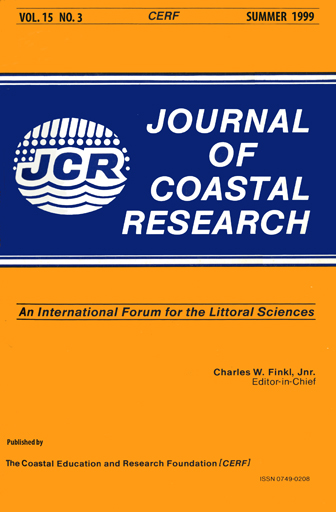Wetland Vertical Accretion and Soil Elevation Change in the Rhone River Delta, France: The Importance of Riverine Flooding
Keywords:
Wetland habitats, relative sea-level rise, coastal management, deltaic wetlands, subsidence, coastal coral loss.Abstract
Accretion and surface elevation change were measured in riverine, marine and impounded wetland habitats of the Rhone Delta from 1992 to 1996 using a sedimentation-erosion table (SET) and marker horizons. Riverine habitat accreted at a significantly greater rate than the other habitats throughout the period of study, averaging 13.4 ± 7.0 mm yr-1 compared to 1.1 ± 0.1 and 1.2 ± 0.5 mm yr-1 for impounded and marine habitats, respectively. Elevation change was similar to accretion in the riverine habitat (11.3 ± 6.1 mm yr-1), reflecting an average 16% compaction and consolidation of recent, primarily mineral deposits. Over time, elevation change and accretion became more linearly correlated, showing that variation between these two processes decreases with time. Accretion and elevation change in impounded and marine habitats were less than current rates of relative sea-level rise, a result of isolation from riverine flooding and the lack of marine storms during the study period. There was more than 30 mm of accretion in the riverine habitat deposited during the 50 and 90-year floods in the Rhone in 1993 and 1994. Impounded and marine habitats gave no record of these events. Wetlands connected to the Rhone River can therefore accrete rapidly from sediments deposited during floods. Impoundments, the most common "natural areas" left in the delta, are not keeping pace with relative sea-level rise and may become vulnerable to increased sea-level rise if current management practices are continued.


